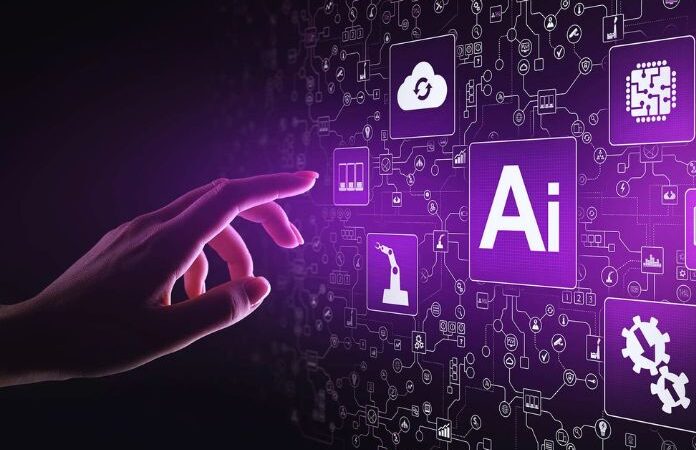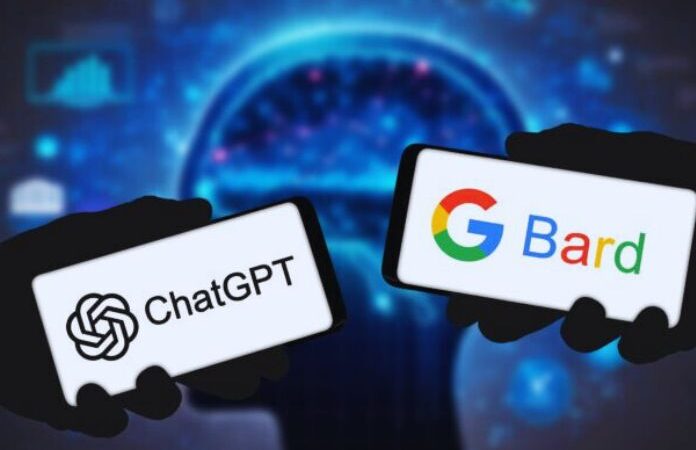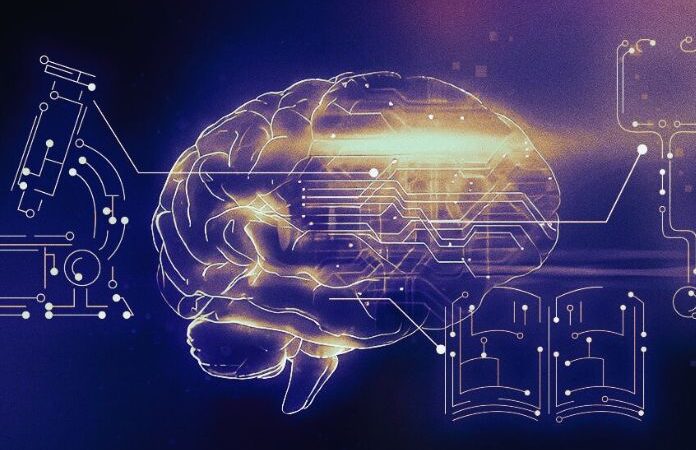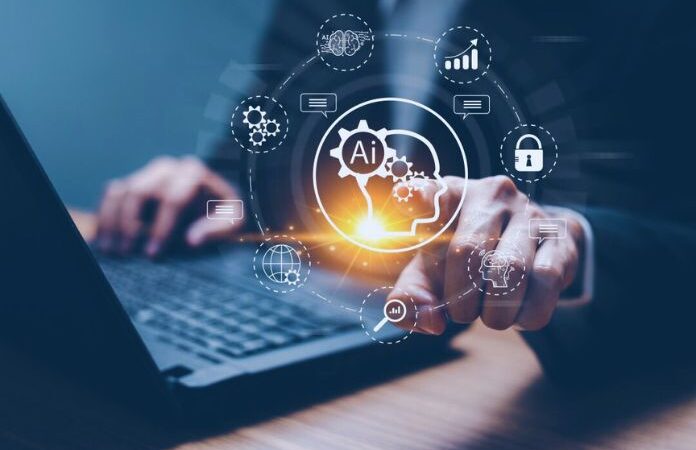Transfer Learning: More Security With AI Topics

Transfer Learning : For many companies, “artificial intelligence” still sounds like a distant topic. However, many processes can be significantly optimised and automated with a pragmatic approach and AI services from the cloud. This is especially true of the ability to make predictions, which becomes even more important in difficult times.
In some application scenarios, approaches such as transfer learning make the development of AI solutions cheaper and partially reduce the risk because this is about using pre-trained models and adapting them to your problem.
Table of Contents
Transfer Learning For An Easy Start
Many companies are still struggling to get into the subject of AI or use the technology broadly. In some cases, proofs of concept and pilot projects are started but not always followed up with operational projects. One reason is that the utility of AI solutions is not easily tangible and verifiable.
The necessary investment is risky since no finished product can be bought with a guaranteed benefit. At the same time, the project’s success depends on many factors: the quality, quantity, and availability of the data, as well as the willingness of the employees to get involved with new processes. This is especially true in forecasts, which were often created in the department based on past data and empirical values. When an AI solution takes on this task, there is often uncertainty about how valid and reliable the data is.
Take The Team On The AI Journey
While previously relied on gut feeling and short-term, controlling reactions, the analysis results initially appear as a “black box” that is difficult to understand. An excellent example of AI technology is robot trading platforms that provide investment tips. They also process vast amounts of data, a level of information that no single investor could ever compare and incorporate.
In the business environment, AI algorithms analyse many parameters using large amounts of historical data, perhaps additional information from market analyses, supplier evaluations, or weather data. This is especially helpful where supply chains are faltering due to current upheavals – such as the corona crisis or the war in Ukraine. Which materials or goods are becoming scarce? How much stock should be built up for the forecast orders to avoid delivery delays or higher procurement costs? While most information was previously found in the ERP system, it is now necessary to include more information and convert work processes to use AI.
It’s Easier To Experiment On Cloud AI Platforms
On your on-premises, the topic of AI can hardly be tackled in terms of investment costs. Cloud platforms such as Microsoft Azure, on the other hand, make it easier to get started because the necessary computing resources and AI services can be booked specifically for your projects and cancelled again if necessary. Services such as Azure Synapse also help organise data infrastructures like data lakes or warehouses and link many sources to run corresponding AI solutions centrally. Tools such as Auto ML, which suggest the most suitable AI model based on the available data sets and goals – and automate the time-consuming process of model development in machine learning, also make the use of AI easier.
Practical experience shows: Many use cases are worthwhile. This includes topics such as dynamic pricing to ensure income and demand forecasts correctly assess market potential. Churn prevention is often helpful, i.e., the timely detection of customer migration tendencies. Cross-selling or up-selling algorithms that make suggestions likely relevant to the customer in question are worthwhile for many companies. In the manufacturing industry, predictive control is becoming increasingly popular in production planning and control, as well as predictive maintenance or AI image recognition for quality or sorting processes.
Transfer Learning Can Simplify AI Use
The first important step is identifying the approaches that can bring your company forward. But even with good ideas, the devil is usually in the details. In the worst case, there is even a lack of data to complete a solution. This challenge can best be met with the “fail fast” principle: In other words, clarifying what works and what doesn’t as early as possible in the exploration stage. Especially for small and medium-sized companies, which usually do not have a team of data analysts, a trustworthy partner who brings this expertise and a suitable approach to the project is essential. This means being agile and constantly questioning whether the team is still on the right track.
In some application scenarios, approaches such as transfer learning make the development of AI solutions cheaper and at least partially reduce the risk. Because this is about using pre-trained models and adapting them to your problem, solutions can often be implemented better and faster. Good examples are text, sound, and image recognition in the field of cognitive services, where good results can already be achieved with pre-trained models. With text recognition, for example, new fonts that have not been specifically trained can be recognized well and reliably with Transfer Learning. In image processing, for example, an algorithm can quickly adapt to a different or new product variant or a slightly differently shaped component.
Central Data Management Supports The Automated Use Of AI
Experience shows that the data is always an issue and is often only available in insufficient or poor quality and quantity at the beginning. The availability and access to the data are also often problematic: it is often stored in different source systems and data silos of individual departments, which are difficult to access.
Companies that rely on comprehensive platforms on which data is organised using central data management according to the “single source of truth” principle, including security and access rights management, have a significant advantage here. Therefore, the focus should be on data strategy and governance in the digital transformation of business processes.
Also Read : CCleaner






